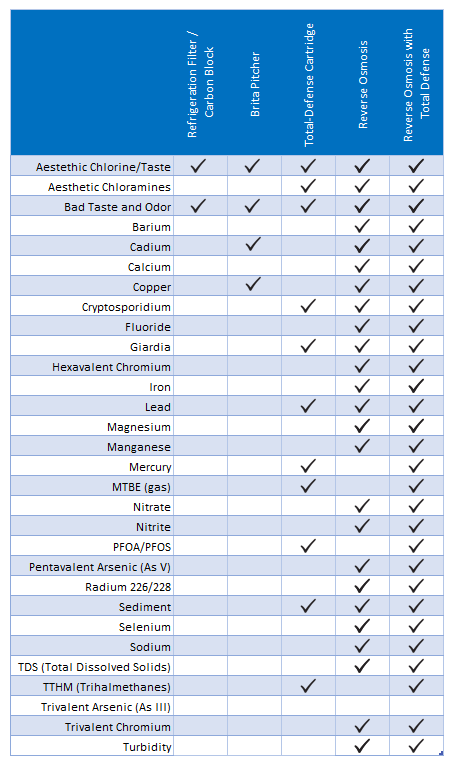PFAs and PFOs
Perfluoroalkyl and polyfluoroalkyl substances (PFAS) are a group of man-made chemicals that have been used in a wide variety of products for decades. They are known as "forever chemicals" because they are extremely persistent in the environment and in the human body. PFAS can build up in our bodies over time, and they have been linked to a number of serious health problems, including cancer, liver damage, thyroid disease, and reproductive problems.
Health Effects of PFOs and PFAs
Studies have shown that exposure to PFOs and PFAs can lead to a number of health problems, including: Cancer: PFOs and PFAs have been linked to an increased risk of certain types of cancer, including kidney cancer, testicular cancer, and liver cancer. Liver damage: PFOs and PFAs can damage the liver, leading to inflammation and scarring. Thyroid disease: PFOs and PFAs can interfere with the thyroid gland, leading to problems such as hypothyroidism and hyperthyroidism. Reproductive problems: PFOs and PFAs can affect fertility and pregnancy, and they have been linked to birth defects. Obesity: PFOs and PFAs may increase the risk of obesity by interfering with the body's metabolism.
Sources of Exposure to PFOs and PFAs
PFAS are found in a wide variety of products, including: Non-stick cookware Stain-resistant fabrics Water-resistant clothing Firefighting foam Personal care products Food packaging We can be exposed to PFOs and PFAs through a variety of routes, including: Ingestion: PFOs and PFAs can be ingested through food, water, and dust. Inhalation: PFOs and PFAs can be inhaled from contaminated air. Skin contact: PFOs and PFAs can be absorbed through the skin.
What does this mean?
PFAOs and PFAs are a serious health hazard, and they are widespread in our environment. We need to do more to reduce our exposure to these chemicals. We can reduce our exposure by avoiding products that contain PFOs and PFAs, and by taking steps to protect ourselves from exposure to contaminated water and air. Additional Information The US Environmental Protection Agency (EPA) has set health advisories for PFOA and PFOS, which are the two most common PFAS. The health advisories recommend that people not have more than 0.07 parts per trillion (ppt) of PFOA and 0.13 ppt of PFOS in their drinking water. The EPA is currently working to regulate PFAS under the Safe Drinking Water Act. The agency is also considering other actions to reduce exposure to PFAS, such as phasing out the use of PFOA and PFOS in certain products. If you are concerned about your exposure to PFOs and PFAs, you can talk to your doctor. You can also get more information about PFAS from the EPA website or from the Centers for Disease Control and Prevention (CDC).
Sources
- US Environmental Protection Agency (EPA). "PFAS Explained" EPA, 2023, www.epa.gov/pfas/pfas-explained.
- Centers for Disease Control and Prevention (CDC). "Perfluoroalkyl and Polyfluoroalkyl Substances (PFAS)." CDC, 2023, www.cdc.gov/biomonitoring/pfas_factsheet.html.
- National Toxicology Program (NTP). "Per- and Polyfluoroalkyl Substances (PFAS)" NTP, 2023, ntp.niehs.nih.gov/whatwestudy/topics/pfas.
- Agency for Toxic Substances and Disease Registry (ATSDR). "Potential Health Effects of PFAS Chemicals." ATSDR, 2023, www.atsdr.cdc.gov/pfas/health-effects/index.html.

